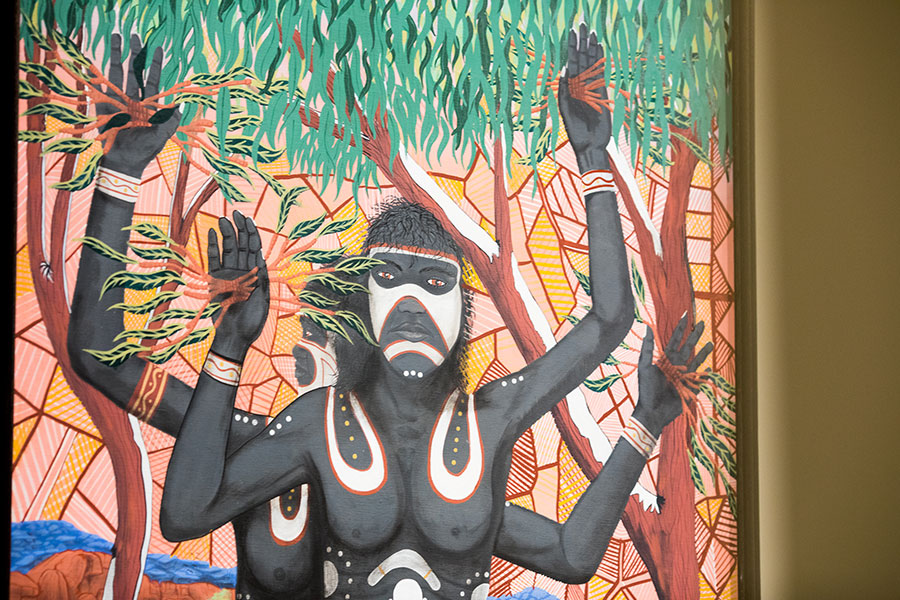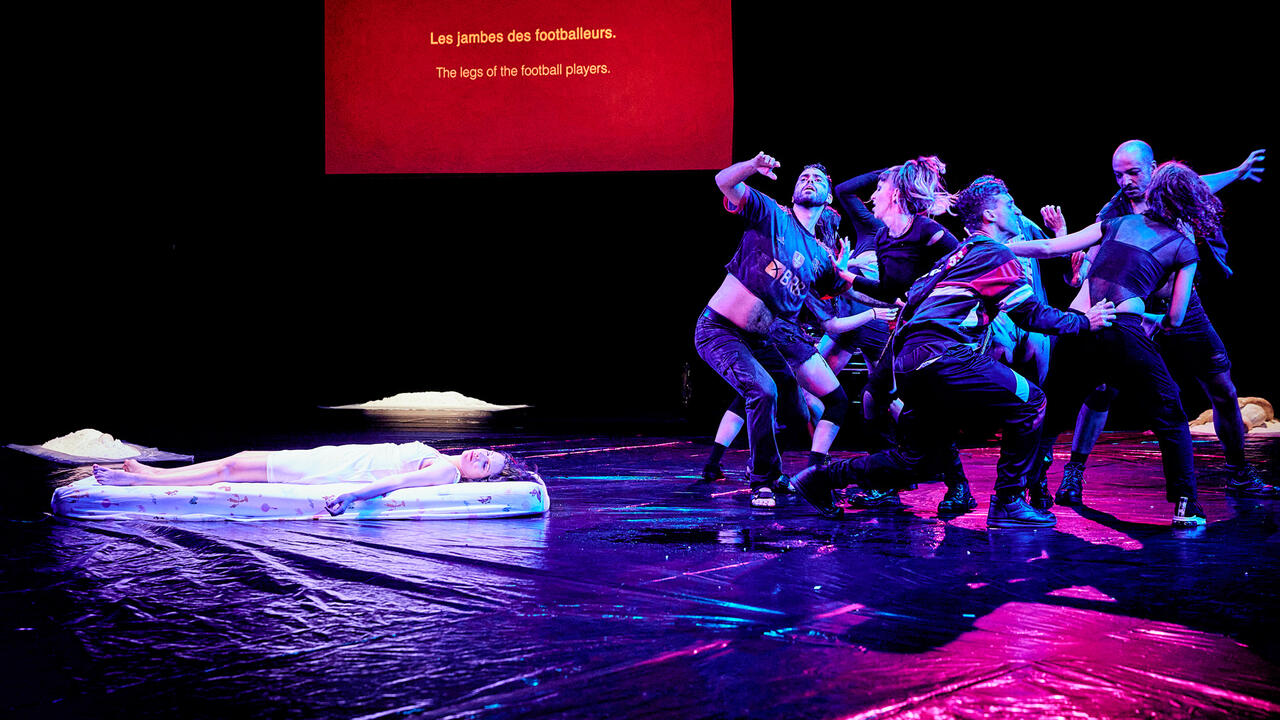An Exhibition Correcting the Historical Erasure of the Myall Creek Massacre
Works by 13 Aboriginal artists prompt reflection on the 1828 atrocity, one which represents the countless other colonial battles fought in Australia
Works by 13 Aboriginal artists prompt reflection on the 1828 atrocity, one which represents the countless other colonial battles fought in Australia

There is no way of knowing exactly how many Aboriginal Australians died in the Frontier Wars, which began after the British invasion of 1788 and continued until the last Aboriginal massacre in 1928. Conservative reports suggest 20,000 people, although recent academic studies claim fatalities may have been at least three times that amount – comparable to the number of Australians killed in World War I. Despite the significance of these conflicts, there are few public Indigenous memorials in Australia – a country that generally prefers its histories to be either forgotten or rewritten. ‘Myall Creek and Beyond’, at the New England Regional Art Museum in the rural town of Armidale, New South Wales, sets about correcting this historical erasure. Works by 13 Aboriginal artists prompt reflection on the 1838 Myall Creek Massacre, when 28 Wirrayaraay people were killed by white settlers 600 kilometres north of Sydney. After an initial trial in which all were found not guilty, seven of the 11 perpetrators were eventually brought to justice and hanged, making the incident significant as the first of only a few occasions when colonialists were prosecuted for such abhorrent crimes.

Belatedly commemorated with a plaque in 2000, there is more information available about the Myall Creek Massacre than the countless other comparable conflicts of this period. For this reason, it now has come to paradoxically represent those colonial battles still shrouded in darkness. Suggesting as much, Judy Watson’s series of charcoal drawings on watercolour paper, ‘myall creek 1-28’ (2018), look like Rorschach tests made from spilt blood, responding directly to the massacre yet conjuring broader unspoken traumas. Created during her residency at the Myall Creek Memorial Site, Watson’s liquescent abstract sketches are modest cenotaphs for each of the 28 victims and signal the Waanyi artist’s perhaps unsuccessful attempt to fathom events so brutal and tenebrous.
In her catalogue essay, curator Bianca Beetson states that Myall Creek ‘changed the way in which the massacre of Aboriginal people was spoken about’. After the 1838 trial, the killing of Indigenous Australians was no longer so openly discussed and methods became more discrete, taking the form of, say, mass poisonings or the burning of dead bodies to get rid of the evidence of their atrocities. Fiona Foley, who has previously made work about the euphemistic language of ‘dispersal’ and ‘disposal’ in Australian colonial history, focused her response on the destruction of evidence, exhibiting as part of her installation, Scarred (2018), a long rectangular container full of ash, like a sinister post-minimalist object. This is positioned alongside a line of 28 leather boots of varying sizes (for the slain men, women and children) against the gallery wall, above which hangs calico prisoner hoods and a white feather, which the artist found on location and then framed. Here, Foley’s didactic symbolism contrasts with her more ‘silent’ materials, which she imbues with redemptive significance.

Foley has been described by the Bundjalung curator Djon Mundine as an ‘unofficial historian’ of unofficial Aboriginal history and the same could be said of Julie Gough, whose simple but effective video works play on a loop in an adjacent space. Gough’s matriarchal Aboriginal family line comes from north-eastern Tasmania, a state where almost the entire Indigenous population was killed in what became known as the Black War. Hunting Ground (Haunted), Van Diemen’s Land (2016-17) focusses on the peaceful Tasmanian landscape before zooming in on a single piece of paper, revealed to be an historical document detailing Aboriginal murders, presumably in the locations of the preceding scenes.
On-site residencies were undertaken by five of the participating artists and a symposium was held at the exhibition’s launch. This, together with the inclusion of a traditional possum skin cloak collaboratively made by local Indigenous communities (The Myall Creek Gathering Cloak, 2018), contributed to the sense of the show as a process rather than a single event, with Beetson sensitively treating the past as sacred and its memory as a pathway to healing. The Nigerian-born artist and art historian Olu Oguibe uses the term ‘custodial aesthetics’ to describe such curatorial and artistic attempts to keep vulnerable histories alive where there are deficiencies in official national records. ‘Myall Creek and Beyond’ makes clear the necessity of contemporary art to continue to dredge up unreckoned pasts, quietly fighting the amnesia of contemporary times.
‘Myall Creek and Beyond’ is on view at the New England Regional Art Museum, Armidale, New South Wales, until 7 October 2018.
Main image: Carol McGregor, Adele Chapman-Burgess, Avril Chapman and the Community of the Myall Creek Gathering Cloak, Myall Creek Gathering Cloak, 2018, natural ochre, thread on possum skins. Courtesy: New England Regional Art Museum; photograph: Simon Scott
























